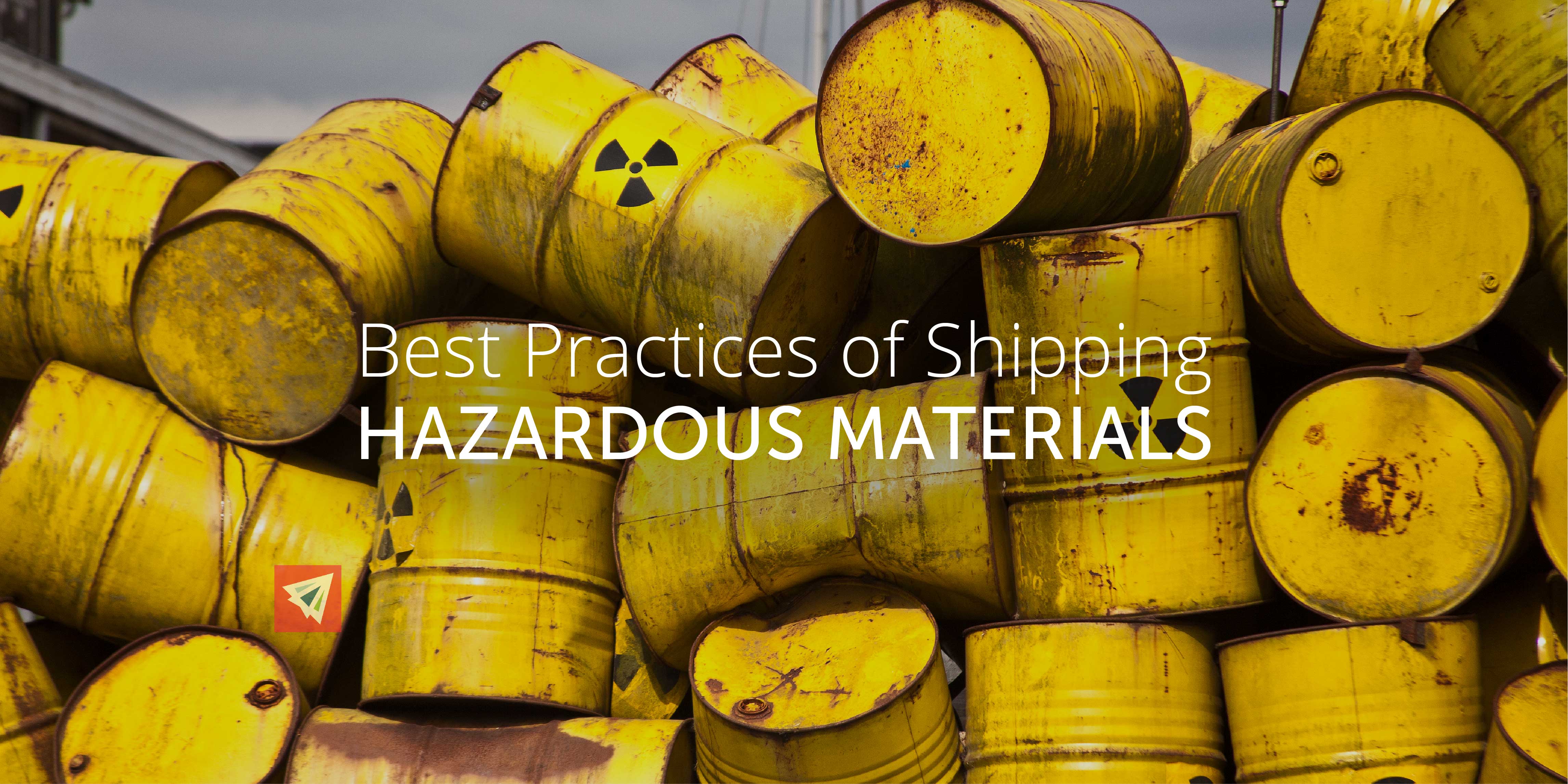Shipping hazardous materials can be both risky and rewarding. However, making a successful transport of hazardous material is difficult if you don’t have a clear understanding of the rules and regulations surrounding the practice. Alternately, ignorance to legal rulings for hazardous material shipping can lead to some serious financial and license penalties. However, there are still a handful of companies who ship these materials without complying by legal regulations – some statistics displaying surprising numbers.
Non-Compliance with Hazardous Material Shipping Laws
In 1975, congress enacted the Hazardous Material Transportation Act (HMTA) to enforce the Hazardous Materials Regulations (HMR) on all companies who transport materials classified as hazardous by the Secretary of Transport. Compliance to these laws includes proper waste classification, labeling, packaging, marketing, description, segregating, security planning, and training.
The DOT (Department of Transportation) conducted a roadside inspection of 126,000 trucks in 2016 who had hazardous materials aboard to ensure compliance with legal rulings. To everyone’s surprise, statistics came back that as many as 26,000 trucks were in violation of one or more legal statutes regarding hazardous material transportation. These violations included failure to produce copies of hazmat registration numbers, incorrect placards, insecure packaging, and issues with shipping papers.
It’s easy to rack up fines and penalties quickly when it comes to hazardous material shipping. The DOT is cracking down and heavily moderating businesses that ship hazardous materials, as the practice is dangerous when not conducted correctly. Labeling and describing materials is not only important for administrative materials – it is important to the receivers and middlemen involved in the transport of the goods, as hazardous materials are handled differently depending on their classification.
Obtaining Documents and Preparing a Hazardous Material Shipment
Before shipping hazardous materials, you’ll need to obtain an MSDS – Material Safety Data Sheet. This document provides all necessary information for shippers, buyers, and all middlemen involved in the transport project. It has a transportation portion, will indicate whether or not the material is regulated, if it can go on passenger aircraft, if it can go on the road, etc. If you are unsure about this, call someone to help you obtain an MSDS.
It is quite rare to find any hazardous material shippers who have not undergone Dangerous Goods (DG) training. If you haven’t worked with shipping this type of material before, make sure you talk to someone about necessary training and certification to ensure you are legally prepared for shipping hazardous materials.
When it comes to shipping hazardous materials, all commodities must be properly labeled, described, and have the appropriate UN numbers assigned. The UN number is a 4-digit code that indicates the level of hazard of the goods based on its toxicity, flammability, and a variety of other factors. Properly classifying the UN number, flashpoint, and temperatures the cargo can not exceed/drop below is legally required by HMR regulations.
Finding an International Hazardous Goods Shipping Route – The Difficulty of Transship Loads
Before sending your cargo on its international route, you’ll need to obtain an Intermodal Dangerous Goods form (IMDG). It will describe everything that is packed – how much, the exact chemical name of the commodity, its UN number, safety level, etc.
Unlike non-hazardous material which may be shipped to almost any country without difficulty, international shipments of hazardous goods can require some routing gymnastics so to speak. When international shipment routes are established, they often include transship movements – fancy talk for a shipment that has to stop at another countries port first, be transloaded to another vessel, and sent to its final destination.
Unfortunately, many hazardous materials are not universally accepted by all countries. For example, you may be sending a shipment of hazardous materials from the port in New York to Santos Brazil, but the cargo would be transloaded in Kingston Jamaica. If the hazardous material being shipped is allowed in Santos but not Jamaica, you cannot ship along this route since the port at Jamaica would reject the cargo. Make sure to clearly understand what ports your cargo will be transloaded at and whether the hazardous commodities aboard will be accepted by the country(ies).
Storing Hazardous Goods
Proper storage of hazardous materials is important to avoid compromising personal or environmental safety.
Whenever possible, hazardous materials should be stored in closeable cabinets with a front edge lip to safeguard against the possibility of leaks. Any chemicals stored on the ground run the risk of leaking and spreading throughout the facility, so the simple construction and use of a front edge lip to create a “bowl” of sorts for the chance of a leak is a smart step. Make sure the doors to these cabinets have locks and are adequately ventilated.
Secondly, make sure to never store foods or beverages anywhere near hazardous materials – even temporarily. It is not uncommon practice for warehouses to move edibles near hazardous materials while loading docks, but under no circumstances should you permit this behavior. Movements on the floor for loading goods means that drums can be tipped or punctured while near other goods which can cause thousands of dollars of costs in replacement of goods.
Conclusion
The general rule of thumb is to be on guard with everything when shipping hazardous materials. Everything from routing options, storage, transportation, to documentation and labeling all matter. Whenever you are uncertain of something, give your local freight forwarder or 3PL a call to discuss potential solutions.
As always, our team at Interlog USA has extensive experience shipping hazardous materials and is happy to answer any questions you may have. Give us a call!
